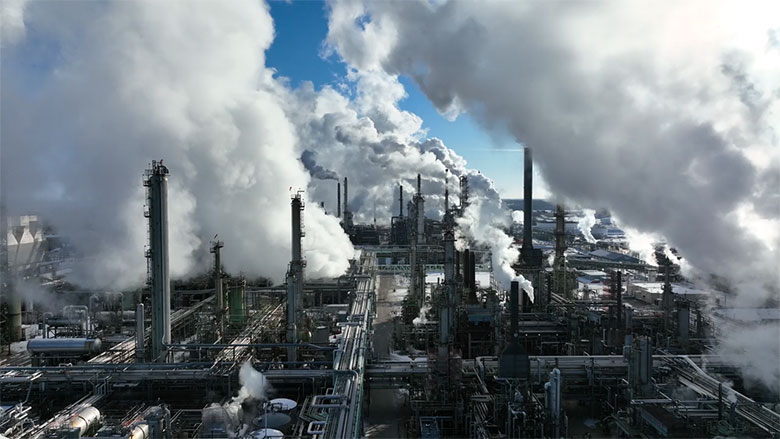Syngas – or synthetic gas – is created by the gasification of carbonaceous materials, and is made up of hydrogen and carbon monoxide in various ratios. It is used in the synthesis of ammonia, methanol, and synthetic natural gas, as well as in the direct reduction of iron ore, the generation of synthetic petroleum, and the production of bioethanol from biomass. The gasification process relies heavily on real-time monitoring to control the ratio of syngas constituents, for which mass spectrometry (MS) techniques are the industry standard. This article takes a looks at the top things to consider when choosing an MS system to enable precise control and optimization of syngas production.
Spectrometer selection
The first step is to choose between magnetic sector and quadrupole MS systems. Both technologies use electron impact ionization to identify gas constituents via their individual spectral peaks, but magnetic sector technologies have the upper hand in process gas analysis for several reasons. Firstly, the high energy ions generated by the magnetic sector MS system reduce its susceptibility to contamination, as well as making it resistant to unwanted ion interactions, which can negatively affect the short-term precision of quadrupole instruments. The flat-topped spectral peaks inherent in magnetic sector MS mean that any small drift in the mass scale will not result in a change in signal intensity, which is not the case for the fault-sensitive Gaussian peaks generated by quadrupole MS alternatives. Finally, and most importantly for syngas production purposes, quadrupole analyzers can suffer from poor resolution at the lower end of the mass range, which can make the analysis of some hydrogen isotopes problematic.
Multi-stream measurement
The next thing to bear in mind is that syngas production is a multi-stage process, requiring gas analysis at several key points in the operation. For an MS system to monitor multiple streams, it needs a fast and reliable means of switching between them. Solenoid valves can be used for such applications, but these often suffer from dead volume issues that can affect system response times and skew results. For maximum control and reliability, it is advisable to choose an MS system that includes an integrated rapid multi-stream sampler, enabling rapid switching between dozens of gas streams without compromising sampling speed or reliability. These systems will often include a common flow sensor downstream of sample selection, which can trigger an alarm if the sample flow drops below a certain value.
Data decisions
Choosing the correct hardware is clearly vital, but it is also important to consider how to best use the data being generated. Dedicated software packages can support the analysis of multiple components per channel, and allow different analysis protocols to be defined for each process stream. Other signals – like those from temperature and pressure sensors – can also be logged and used in the analysis. These software solutions even provide the option to close the control loop, communicating with plant control systems via a range of industry-standard protocols for near real-time adjustment of the process.
Conclusion
It is crucial to be able to monitor and precisely control the production of syngas, as out-of-spec product could negatively affect the downstream processes that rely on it. The precision and accuracy of state-of-the-art magnetic sector MS systems make them ideal for this purpose, especially models that include a multi-stream sampler that enables automated monitoring of several gas streams. When combined with dedicated software packages, these systems can rapidly determine the ratio of syngas constituents and allow fully automatic process parameter adjustment, providing near real-time control of the syngas production process.



